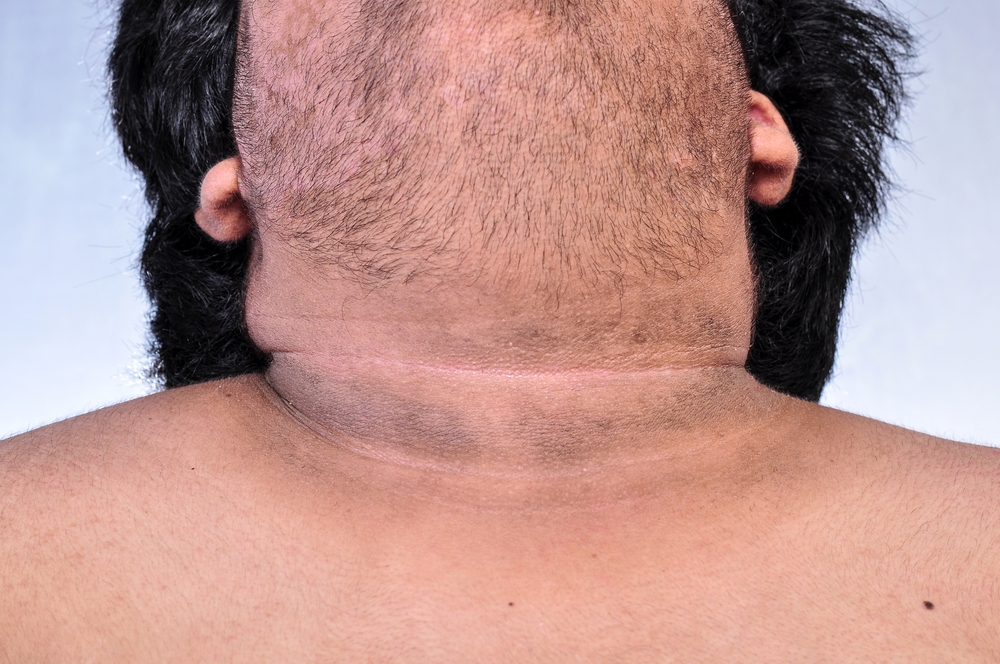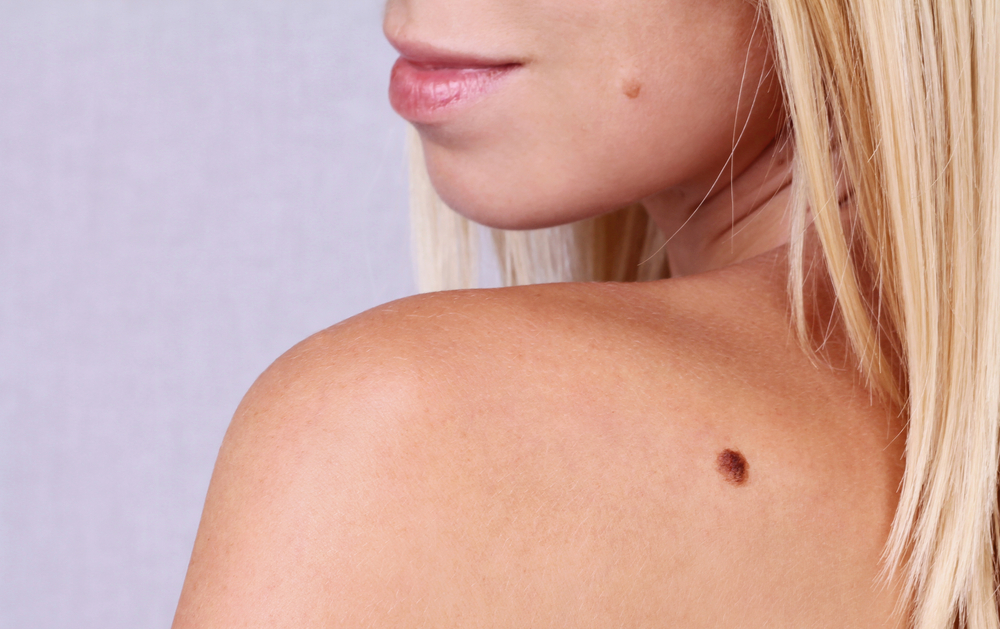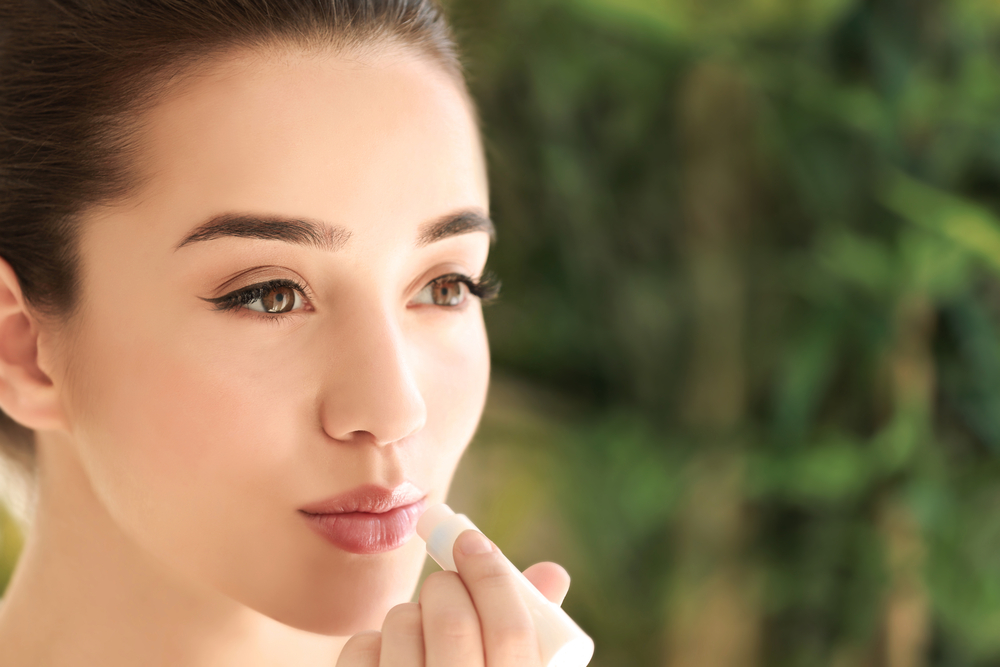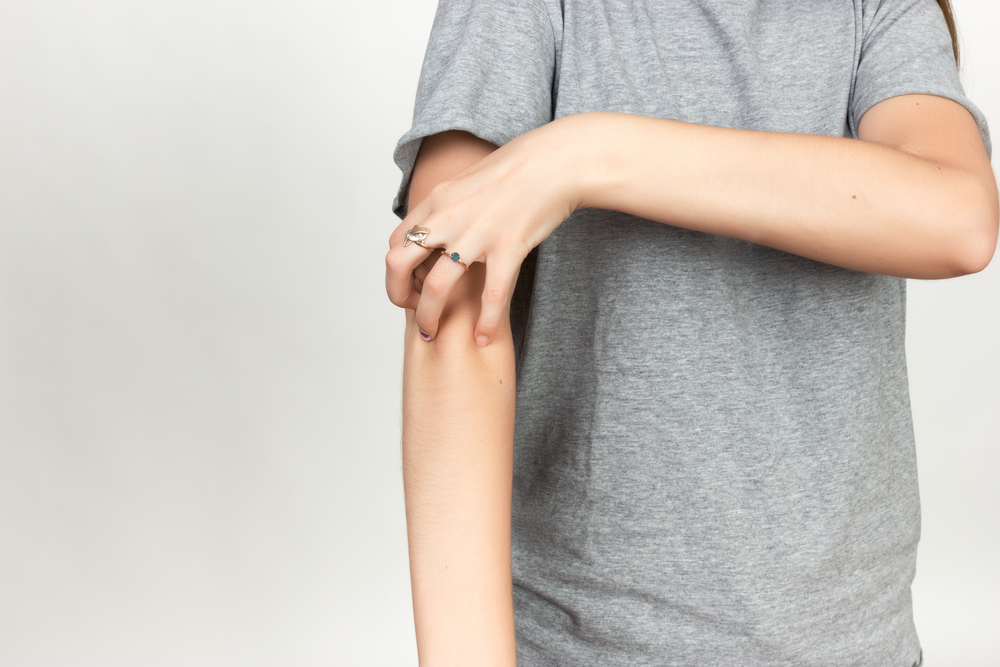- Dark neck is a catch-all term that refers to a discoloration and thickening of the skin in the neck area.
- It can be caused by several different conditions, but is generally associated with a skin disorder known as acanthosis nigricans.
- Acanthosis nigricans can be benign, or indicative of more serious underlying issues.
- Various professional and at-home treatments exist to improve the appearance of dark neck skin.
As the name indicates, dark neck is characterized by a darkening and thickening of the skin folds. These dark patches are usually found around the neck area and armpits, though other areas of the body can be affected as well.
Also known as black neck, this disorder can be caused by various skin conditions, ranging from sun exposure or eczema to acanthosis nigricans. It can also be a symptom of a more serious underlying medical issue.
Some of these causes can be easily remedied at home, while others require expert medical attention.
Dermatitis neglecta
One cause of dark neck is dermatitis neglecta, also referred to as unwashed dermatosis; this condition results from poor hygiene.
In some cases, patients may find it uncomfortable to scrub certain areas of their body due to skin sensitivity, underlying skin conditions, or partial immobility.
Over time, oily secretions known as sebum, sweat, bacteria, and keratin can build up on the surface of the skin, causing the skin to develop dark spots and appear thicker.
Dermatitis neglecta is usually easily treatable through maintaining proper hygiene. In most cases, consistently using soap and water or alcohol scrub will reduce the appearance of dermatitis neglecta.
In more extreme cases, a doctor may prescribe an emollient or a keratolytic agent.
Acanthosis nigricans
Acanthosis nigricans (AN) is a skin disorder that typically manifests as a darkening and thickening of the skin where there are folds.
The neck, armpits, and groin are most commonly affected, though it can appear anywhere. The skin often develops a velvety texture and may itch or have an odor.
AN can be hereditary or result from a number of different causes, affecting otherwise healthy people. Some ethnic groups, like people of Native American, African, or Hispanic descent are more likely to be affected.
In most cases, it is not dangerous and is merely a cosmetic disorder. However, in rare cases AN may be a symptom of a more serious underlying disease.
- Insulin-resistance
Obesity-associated AN is the most common type. AN is also strongly associated with insulin resistance, and is noted as a physical manifestation thereof.
An overabundance of insulin in the bloodstream leads to the overproduction of keratinocytes, the most common type of skin cell. The buildup of these skin cells then leads to the development of AN.
Insulin resistance is a sign of diabetes or pre-diabetes, so AN may serve as a warning sign that insulin levels are unbalanced, pointing to an increased risk of type 2 diabetes.
- Amyloidosis
Dr. Vishal Madan of Everything Skin Clinic in the UK notes that AN is in some cases associated with amyloidosis, a condition in which amyloid, a protein resembling starch, is deposited in the organs.
There’s no cure for amyloidosis, although treatments can help limit the production of amyloid protein.
- Hormonal imbalances
AN can also result from conditions that cause hormone imbalances, such as hypothyroidism; disorders of the adrenal gland like Addison’s Disease; polycystic ovary syndrome (PCOS); growth hormone therapy; and taking oral contraceptives.
- Other chronic conditions
In rare circumstances AN may appear as a result of certain cancers, like stomach or colon cancer. AN can also result from the use of certain drugs and supplements, including corticosteroids and strong doses of niacin.
Medical treatments for dark neck
Although treating AN from an aesthetic point of view is not necessary, it is important to check with a doctor to rule out any underlying cause, such as diabetes or cancer.
In the case of obesity or diabetes-induced AN, effective weight and diet management can be helpful. Weight loss and exercise can help the body increase its sensitivity to insulin, thus reducing insulin in the bloodstream.
Additionally, drugs like Metformin can be helpful in cases of AN that are related to insulin resistance.
Numerous cosmetic treatment options for AN exist. However, Dr. Madan notes that it is “very difficult” to treat AN, and recommends getting it checked as soon as possible to prevent its further development.
Treating AN includes correcting hyperkeratosis (an overabundance of skin cells making the skin thick), reducing pigmentation, and diminishing odors and discomfort.
- Retinoids, including topical retinoids like tretinoin and Triluma or oral retinoids like isotretinoin and acitretin, are the most common treatment for AN. Retinoids help regulate cell growth in the outermost layer of skin.
- Chemical peels with trichloroacetic acid (TCA) remove the outer layer of skin along with dead skin cells, thereby allowing the epidermis to heal and renew itself. Unlike hydroxy acids like salicylic acids which require prolonged use, TCA and other caustic chemical peels can be completed in two or three sessions.
- Alpha- and beta-hydroxy acids can help to remove dead skin cells. Some better-known alpha-hydroxy acids include citric acid, glycolic acid, and lactic acid. Salicylic acid is the best-known beta-hydroxy acid.
- Calcipotriol is a synthetic form of vitamin D that can help prevent the growth of keratinocytes, thus preventing thickening of the skin.
- Microdermabrasion physically removes excess skin cells and rejuvenates skin.
- Laser treatment has been shown to be useful in treating AN of the axillae (armpit).
- Skin lightening or bleaching agents like hydroquinone can help to reduce hyperpigmentation.
Patients can also thoroughly wash their neck or affected area with antibacterial soap in order to reduce odor and discomfort.
Home remedies for dark neck
In addition to medical treatments, some cosmetic symptoms of dark neck can be treated through home remedies.
Lemon juice is a commonly used home remedy for dark neck. The citric acid in lemon juice works as a mild exfoliant, and the vitamin C in it acts as a natural bleaching agent while increasing collagen production.
Lemon juice is often combined with other products:
- Olive oil can be used to moisturize the skin.
- Baking soda acts as a stronger exfoliant.
- Sugar lightens the skin and acts as an exfoliant.
- Rose water evens the skin tones and reduces inflammation and irritation.
- Cucumber juice helps remove dead cells and reduce inflammation.
The following home remedies may also be effective in certain cases:
- Fish oil has been shown to be useful in treating dark neck, including AN. It should be taken orally, in doses ranging from 10-20 grams per day.
- AmLactin is an alpha-hydroxy acid cream containing low levels of lactic acid. It can be used as a gentle exfoliant and contains moisturizers to prevent skin from becoming irritated.
- Ground oats can help exfoliate and moisturize skin when used as a scrub.
- Almond oil contains high amounts of vitamin E, which helps even the skin tone and make your skin smooth.
- Aloe vera gel helps the skin in numerous ways, including lightening skin tone and helping maintain moisture levels.
When should I see a specialist?
As a cosmetic disorder, dark neck is treatable, though it becomes more difficult to address the longer it is left to develop.
If symptoms of dark neck begin to appear, especially rapidly, it is important to speak to a doctor right away since it could point to a serious underlying cause.
» To find out which skin lightening treatments are best suited to your needs, ask a cosmetic doctor for advice and schedule an appointment using Zwivel’s free online consultation tool.









